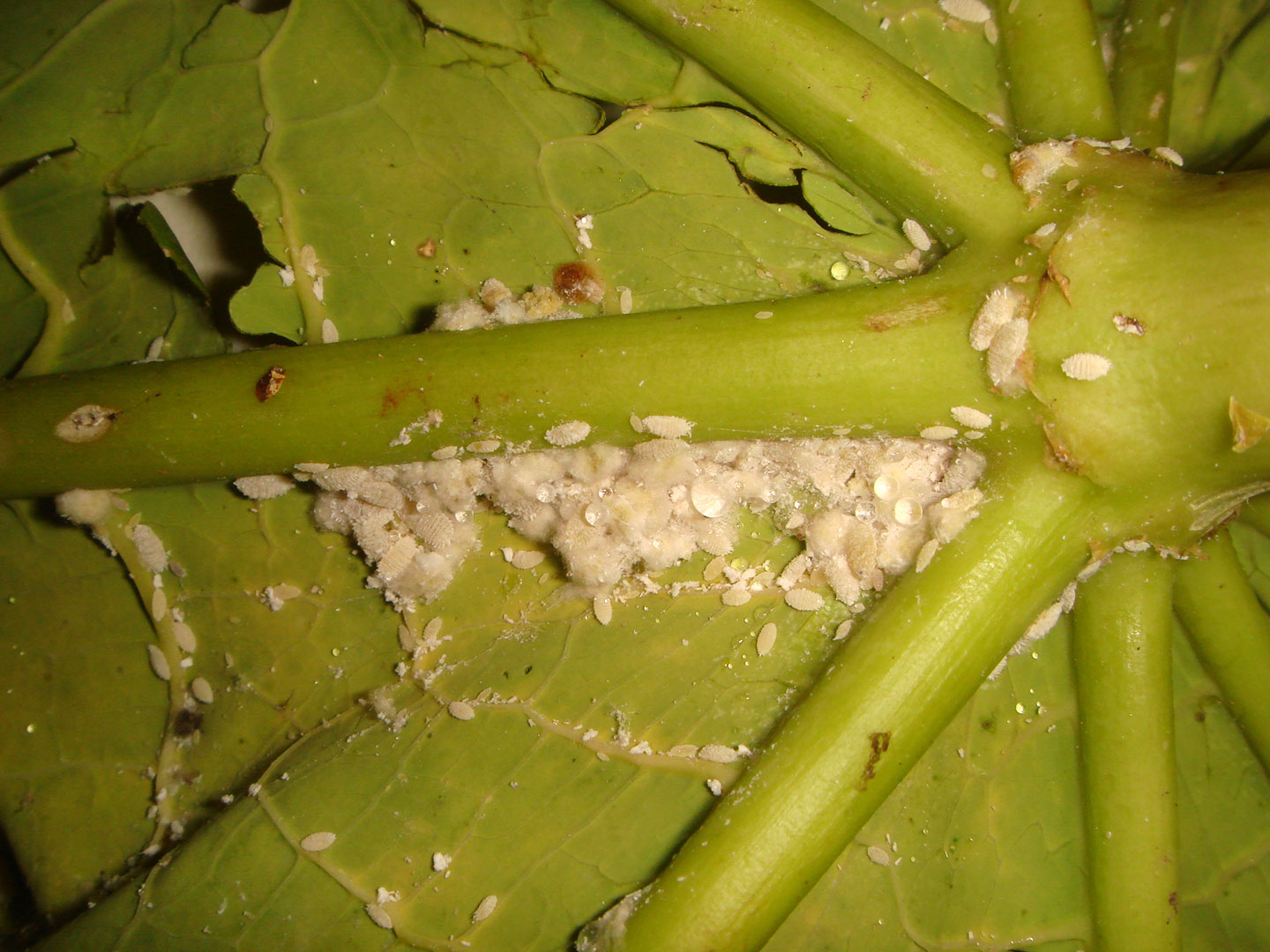Scientific name - Common name - Diagnosis - Images - Distribution - Biology / Hosts / Control - References
Paracoccus marginatus Williams & Granara de Willink
Papaya mealybug
Adult female: Body yellow, covered with mealy wax not thick enough to hide body colour, without discrete bare areas on dorsum, with many short waxy filaments around body margin. Ovisac developed, its position very characteristic, beneath and behind the body.
Slide mounted specimens can be readily identified by the following combination of characters: Antenna eight-segmented. Venter with multi-locular pores usually in posterior and anterior bands on segments VI-VIII and restricted to posterior band on segments IV and V. Trilocular pores concentrated around setal bases. Oral-collar tubular ducts of one size, in conspicuous clusters usually on marginal areas associated with cerarii, also present in medial and mediolateral areas of abdominal segments III-VIII, often with 2 or 3 pores on segment I, present on thorax in seta clusters near middle and hind pairs of legs, absent from head. Oral-rim tubular ducts in mediolateral areas from prothorax to segment I, with 3-6 ducts on each side of body; absent from dorsum of anal lobe. Hind coxae characteristic, with numerous translucent pores, hind tibiae lacking these pores.
Hind leg (coxa with numerous transparent pores, indicated by arrow marks)
Adult male: Body elongate, about 1 mm long, widest around thorax. Genitalia heavily sclerotized, aedeagus apparents; wings approximately as long as body, with small basal vein.
Miller & Miller (2002) have keyed and provided detailed descriptions and illustrations for all the immature stages and adults.
Colony on papaya
Adult female
Colony on papaya
Originally reported from the Neotropical region in Belize, Costa Rica, Guatemala, and Mexico (Williams & Granara de Willink, 1992) and is believed to be native to at least part of Mexico and / or Central America (Miller et al., 1999). Introduced into the Caribbean Islands, Hawaii, USA (Florida), and French Guiana (South America) (Miller & Miller, 2002). Recently, this pest has spread to some parts of southeast Asia, including Indonesia and Thailand.
Appears to have been introduced recently in India and recorded on papaya for the first time from Coimbatore, Tamil Nadu, from where it has been reported to be spreading rapidly.
Reported from more than 25 genera of host plants, including several economically important plants such as papaya, citrus, yams, cassava, and hibiscus, and several other unconfirmed hosts. For complete list of host plants and references, refer to Miller & Miller (2002) and Scalenet. Initial reports from Tamil Nadu, India, were on papaya, but it was recently found to be attacking cotton for the first time in Coimbatore, Tamil Nadu.
Biological control of this pest with three encyrtid parasitoids, Anagyrus loecki, Pseudleptomastix mexicana and Acerophagus papaya, has been achieved in Guam (Meyerdirk et al., 2004) and the Republic of Palau (Muniappan et al., 2006). Within a period of six months to one year, drastic reduction in mealybug populations was reported.
Meyerdirk, D.E., Muniappan, R., Warkentin, R., Bamba, J. & Reddy, G.V.P. 2004. Biological control of the papaya mealybug, Paracoccus marginatus (Hemiptera: Pseudococcidae) in Guam. Plant Protection Quarterly, 19: 110-114.
Miller, D.R. and Miller, G.L. 2002. Redescription of Paracoccus marginatus Williams and Granara de Willink (Hemiptera: Coccoidea: Pseudococcidae), including descriptions of the immature stages and adult male. Proceedings of the Entomological Society of Washington, 104: 1-23.
Muniappan, R., Meyerdirk, D.E., Sengebau, F.M., Berringer, D.D. & Reddy, G.V.P. 2006. Classical biological control of the papaya mealybug, Paracoccus marginatus (Hemiptera: Pseudococcidae) in the Republic of Palau. Florida Entomologist, 89(2): 212-217.


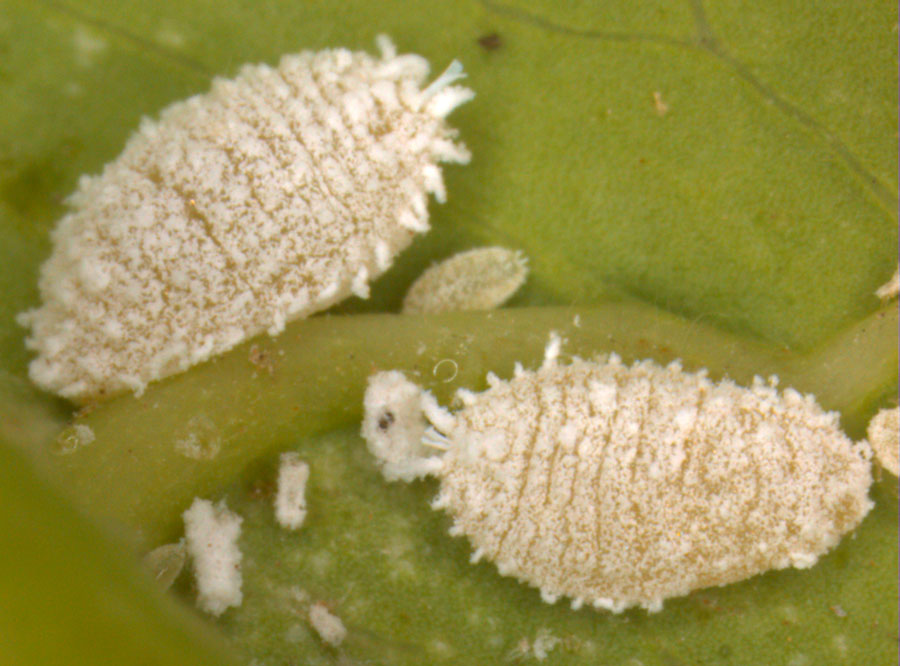
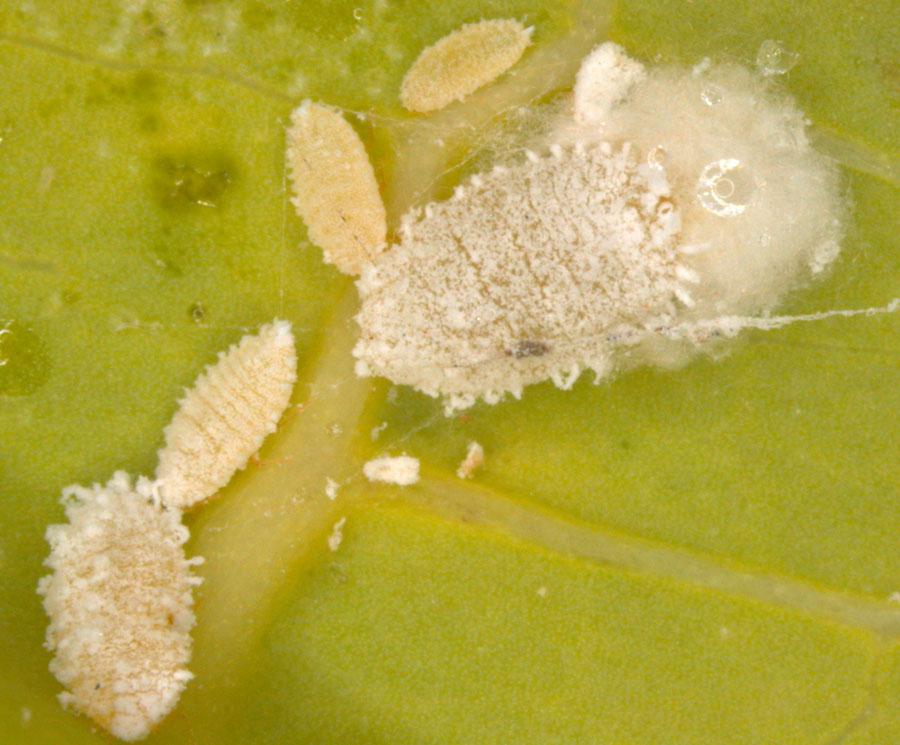


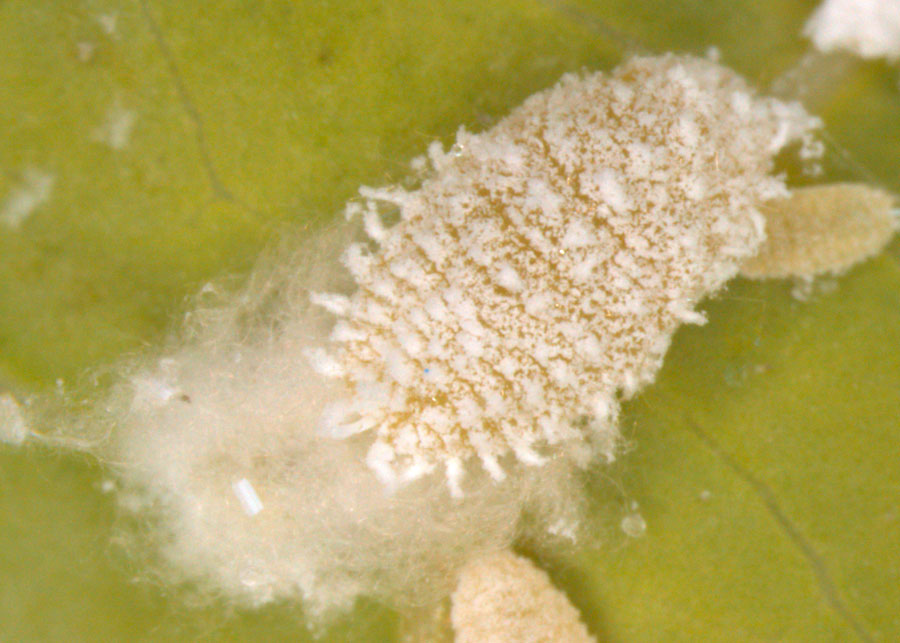
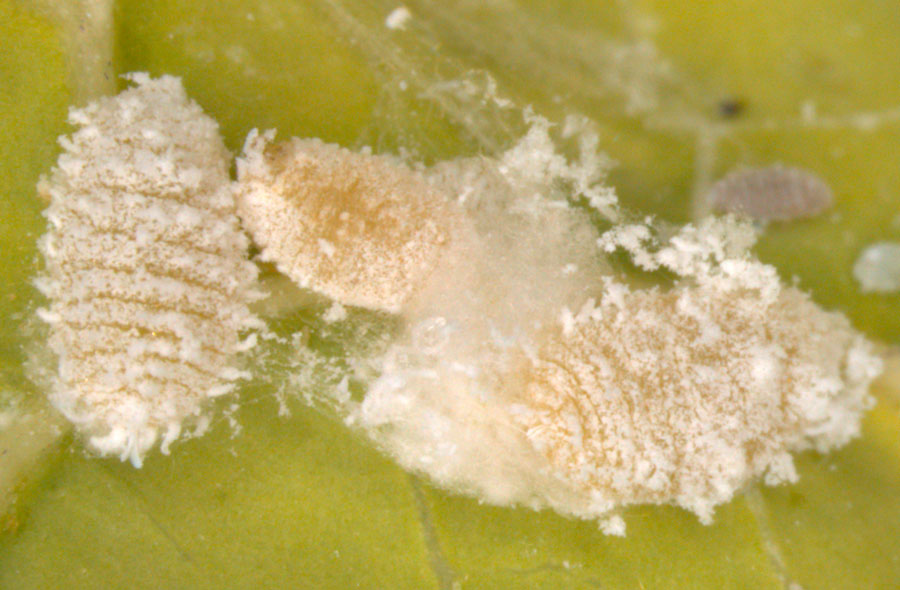
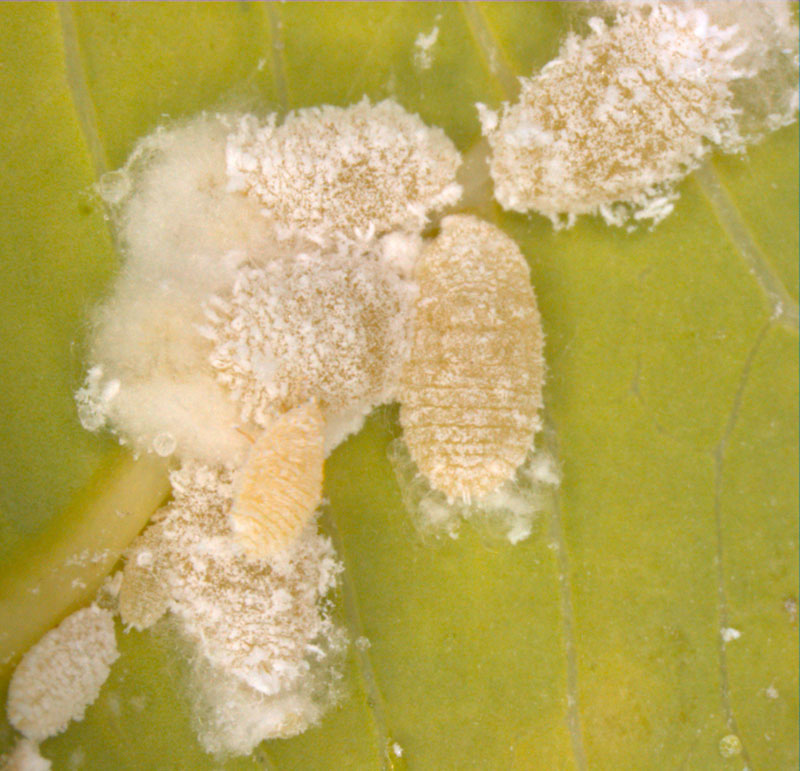

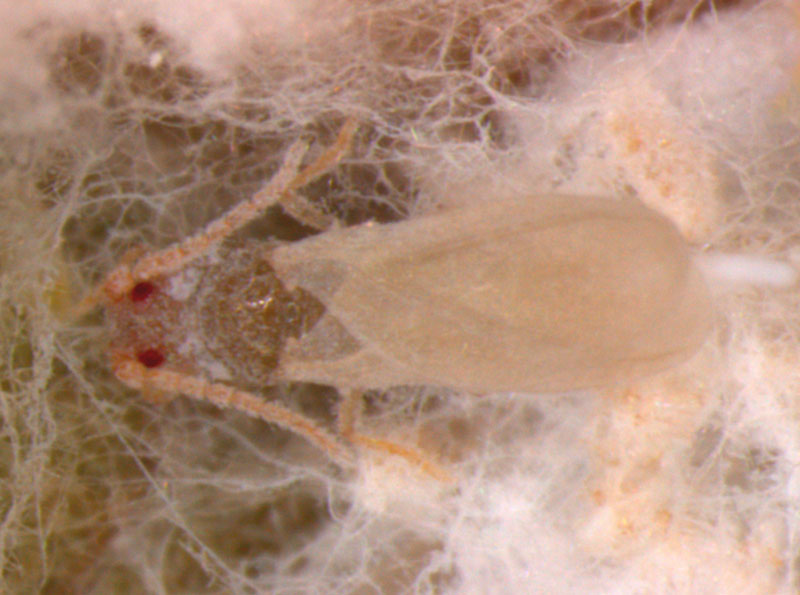
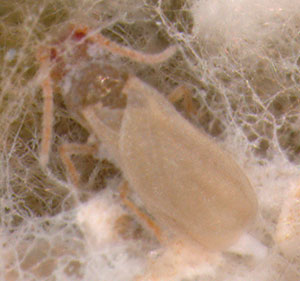 Adult male
Adult male